Spring & Summer Cleaning Crews
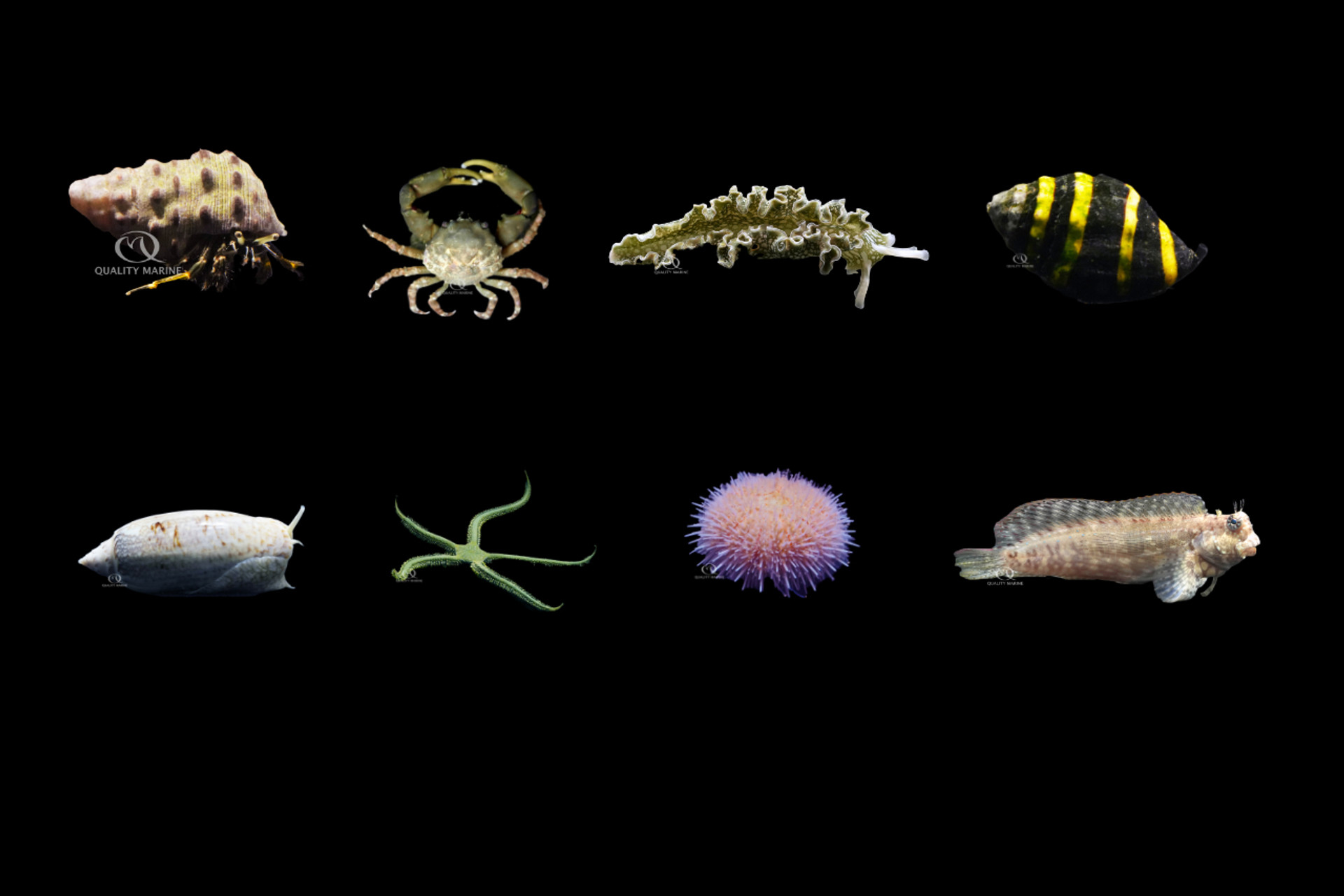
A clean fish tank is a very satisfying sight and keeping it this way takes a multi-pronged approach. You need to keep up on the water changes and filter maintenance and physical cleaning is a job you can't neglect either. Luckily, there is a wide variety of critters who can help with this last one and are (in our opinion) a vital part of keeping that tank in tip top shape. To this end, we suggest leaning on more than one type of cleaner, as you always have more than one kind of mess to clean up. Without further ado let's get into a few key groups of them.
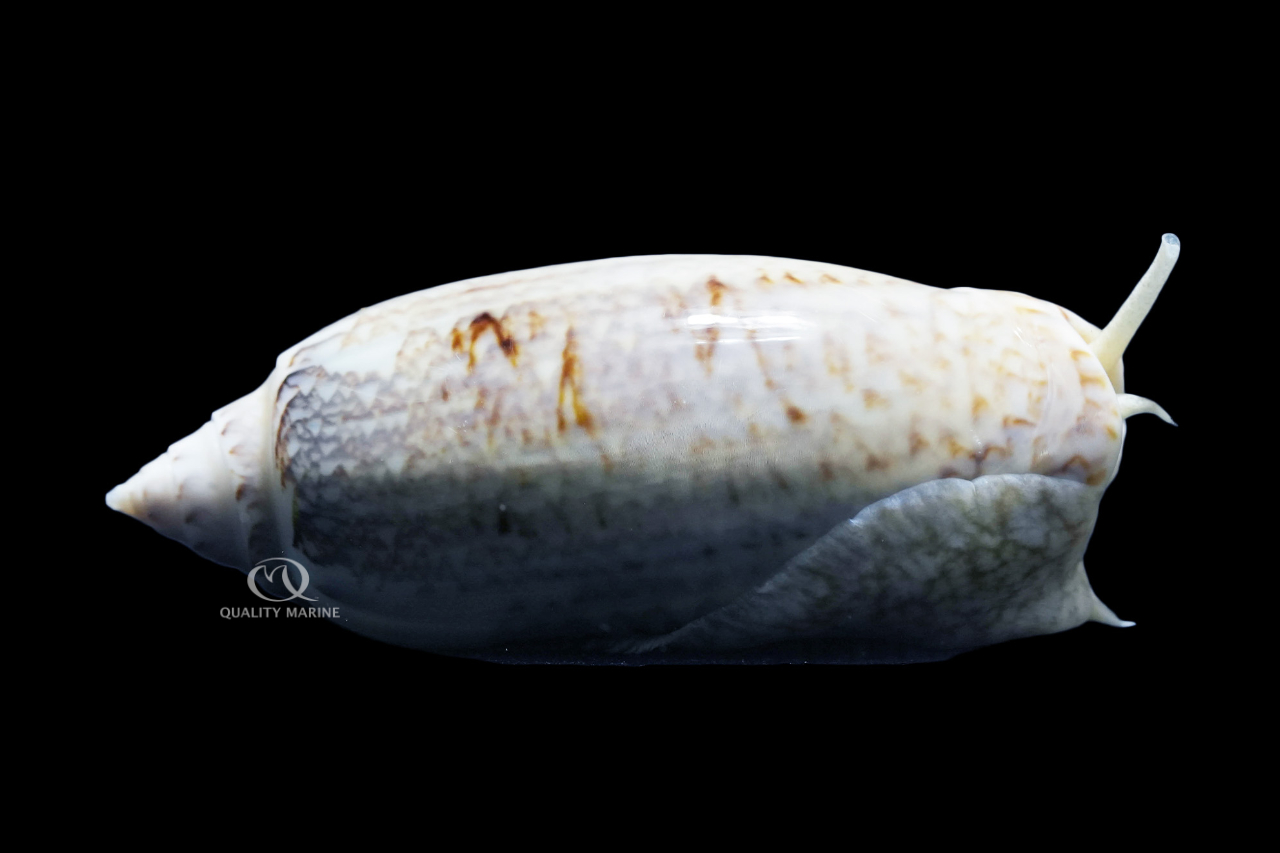
Starting with snails is usually the best way to go. Most snails have specific jobs, and some are better shaped than others to get at specific portions of the tank. We love Sandsifting Periscope snails for their appetite for detritus and left over food. Their ability to turn over and oxygenate substrate is a super convenient extra benefit, if you don't have substrate, you can leave these out. They do best when you see them the least; most of their day is spent under the sand burrowing along with just a periscope visible. They'll pop up out of the sand like a submarine surfacing when they smell food in the water. If you're looking for algae cleaning snails, try things like Turbo and Trochus Snails. For getting into the small nooks and crannies of your rockwork, try adding smaller snails like Bumblebee and Cerith. All of these are reef safe, though there are some reports out there of Periscope snails munching on sand bed corals, we've not witnessed this in person. Snails have relatively short lives, less than a year or two in most cases, so be prepared to replace them from time to time.
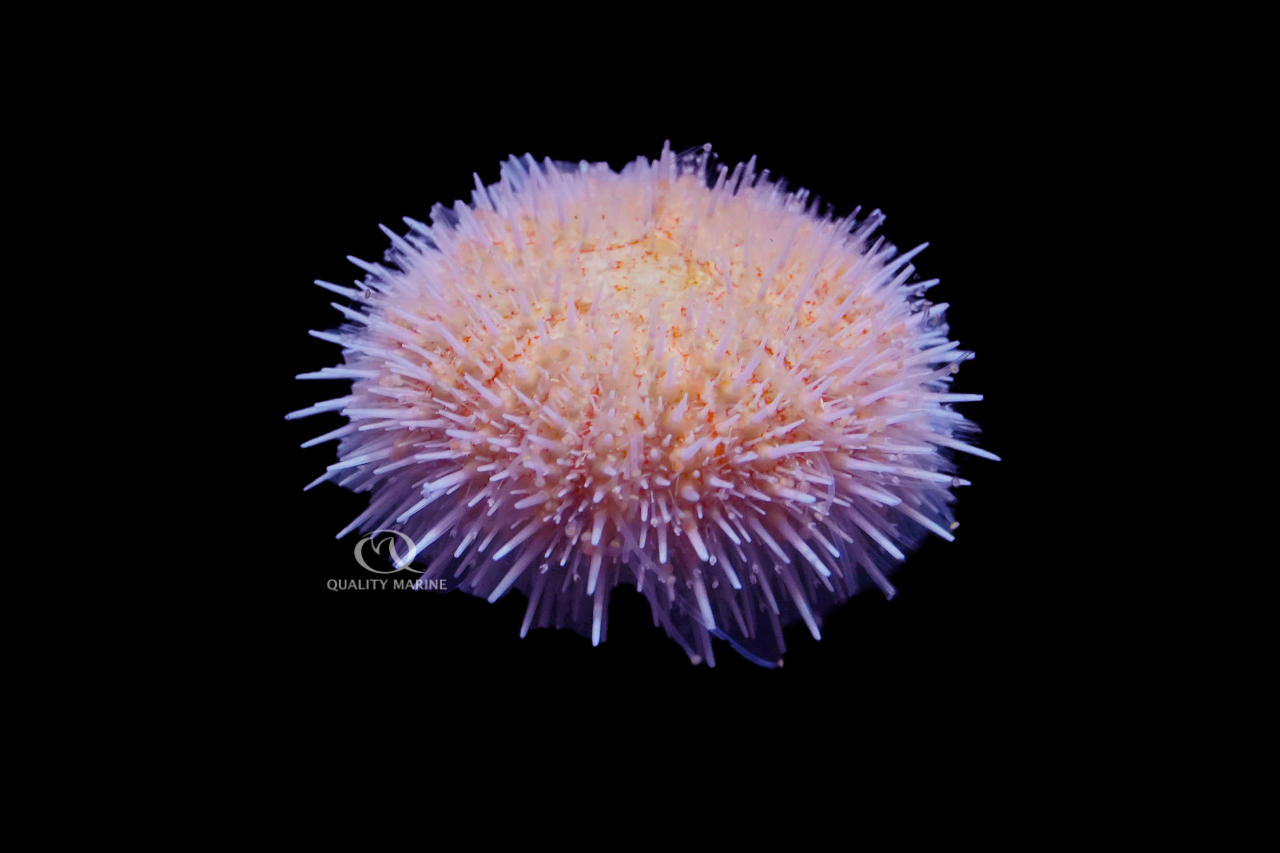
Sea Urchins are another critter that have specific jobs. Pincushions like the gorgeous Blue Tuxedo Urchin need a good amount of Coralline Algae to live and are great for bare bottom tanks and aquariums with a ton of rockwork. As they eat the Coralline, make sure there is plenty already in the tank before you add one, they will clean rocks and display bottoms allowing new, fresh colors to grow. If you're looking for filamentous algae control, then a Longspine and Shortspine Urchins are a better choice. Both are outstanding at mowing through nuisance algae and will usually need supplemental food after they polish off all the greens. They can be fed Nutramar Algae and Color Boost Shots, as well as Nutramar Ogo and Nori. Pencil Urchins and Needle Urchins are good for detritus control but will need supplemental food regularly; they can be fed small chunks of thawed meaty foods from Gamma, it must be sized to fit in their mouths, which aren't that big, so you'll need to cut flow to feed them, so their dinner doesn't swim away. Urchins of all types are susceptible to fluctuations in water quality and elevated nutrients, if they start dropping needles, something is wrong.
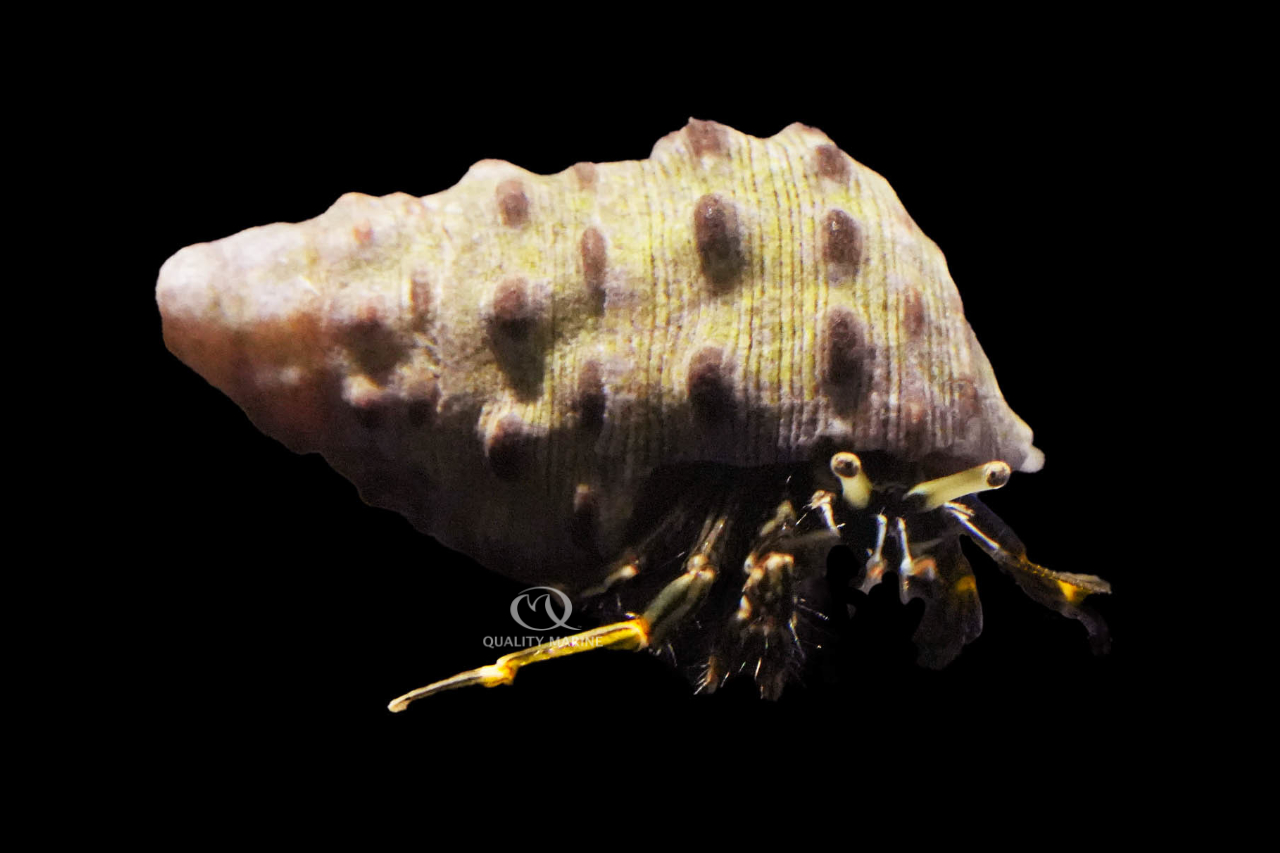
Hermit crabs are great cleaners for most saltwater aquariums. They scavenge just about everything you don't want in an aquarium, fish waste, hair algae, detritus, and some even like Cyanobacteria! Like some snails, they also aerate the very top layer of sand as they crawl across it. Hermit crabs will target snails that have an appropriate size shell for them to move into, so keep this in mind, especially if you keep them with smaller snails like Ceriths and Bumblebees. If you keep hermits, make sure your tank has plenty of shells in a variety of sizes for them to move into, which will help keep snail predation to a minimum. Hermits are a favorite food of pufferfish, as well as some triggers and wrasses. Puffers do love a snail for dinner too.
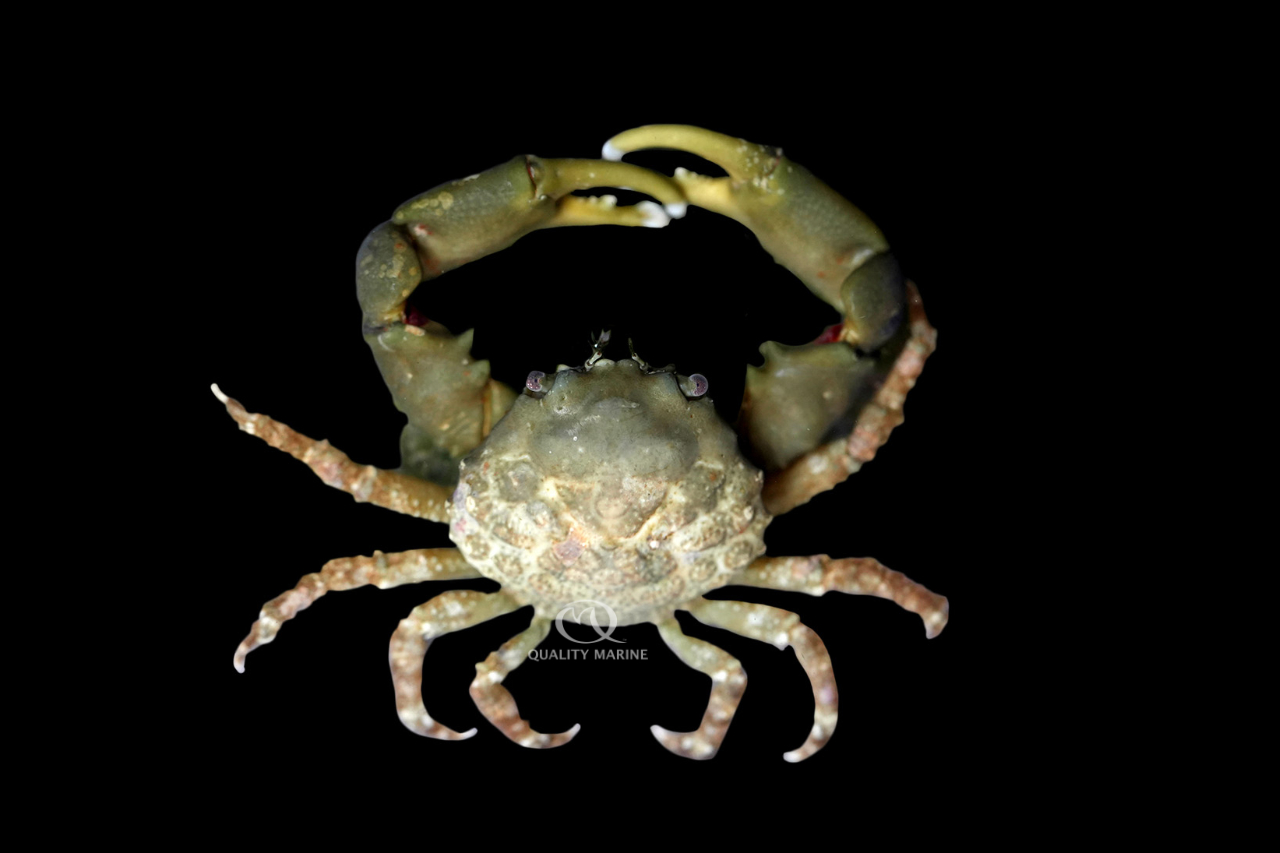
There are lots of aquarium friendly crabs to choose from, and the staff favorite here is always Emerald Crabs. These little green (sometimes brown and even red) crabs are one of the few critters that will eat the dreaded bubble algae, but they'll also eat detritus and filamentous algae. They are super hardy and reef safe. They'll happily eat the Nutramar Algae and Color boost shots as a supplemental food. Arrow crabs are excellent algae eaters, but are not reef safe, as they are equal opportunity feeders and will chow most things that they can dismantle. Decorator crabs are an amazing addition to fish only tanks and will pick up a wide variety of things and glue them to their backs, including corals, algae, sand, rocks, and occasionally, even snails! We've seen them kept in polyp heavy tanks where they do minimal damage to large colonies of things like Zoanthids (which are both super cool on their backs,) but we still do not recommend them for reef style aquariums.
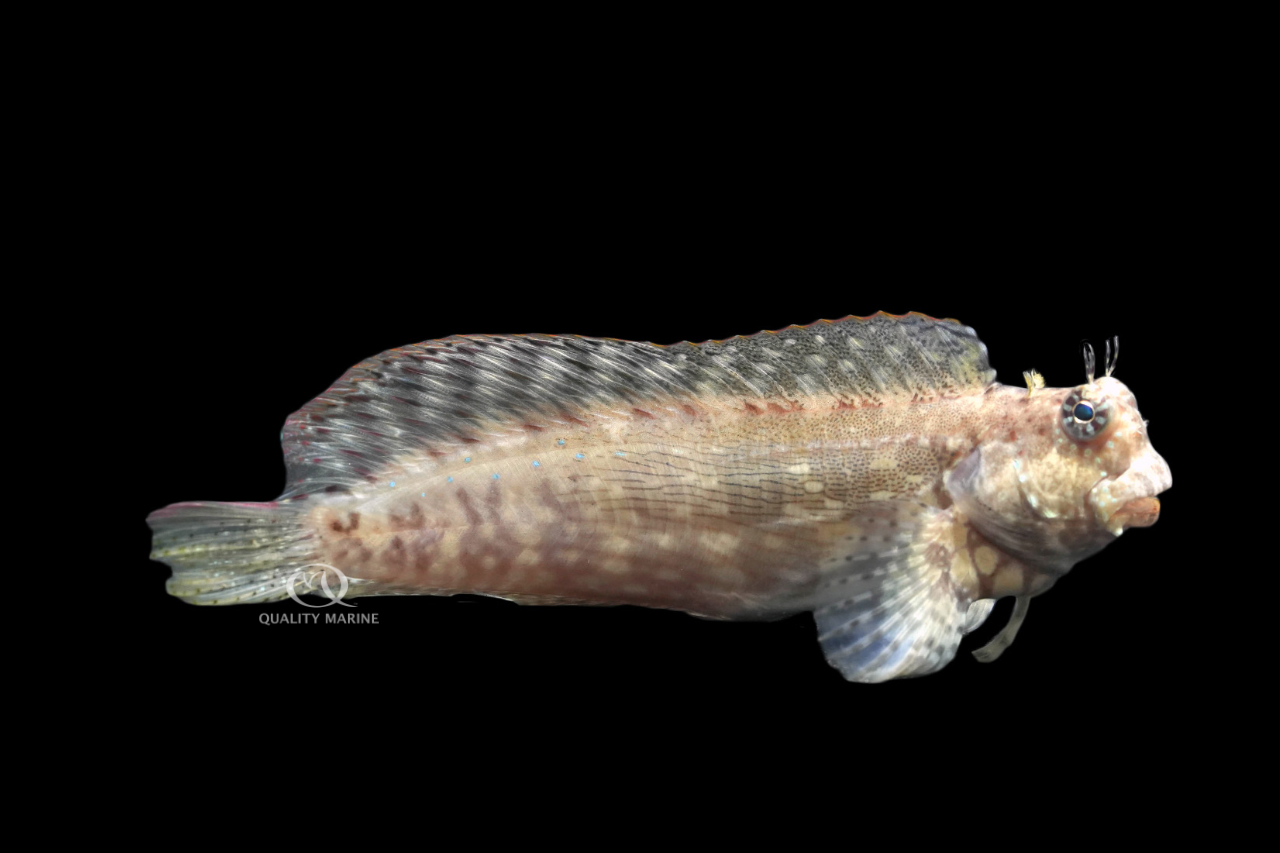
One of the cleanup crew items that often don't get thought about is fish! Algae Blennies (sometimes called Lawnmower), like the Sailfin Algae Blenny do a great job mowing down filamentous hair algae (and they'll need algae-based food when the algae supply gets low). They should also be fed a balanced nutrition pellet like Nutramar Algae and Color Boost, and or some quality thawed meaty food from Gamma. There is a wide variety of Tangs that are excellent tank cleaners too; Tangs from the Zebrasoma and Acanthurus genus are excellent grazers, and Surgeons from the Ctenochaetus genus like Bristletooth and Chevron Tangs will power through detritus and clean up biofilm before it becomes a hair algae problem. There is nothing in the home aquarium that will clean and turn over a sandbed like the Sandsifting Gobies from the Valenciennea genus. These fish will all need a normal feeding regimen in addition to their natural foraging behavior as the home aquarium just can't produce enough food from the sandbed to support them.
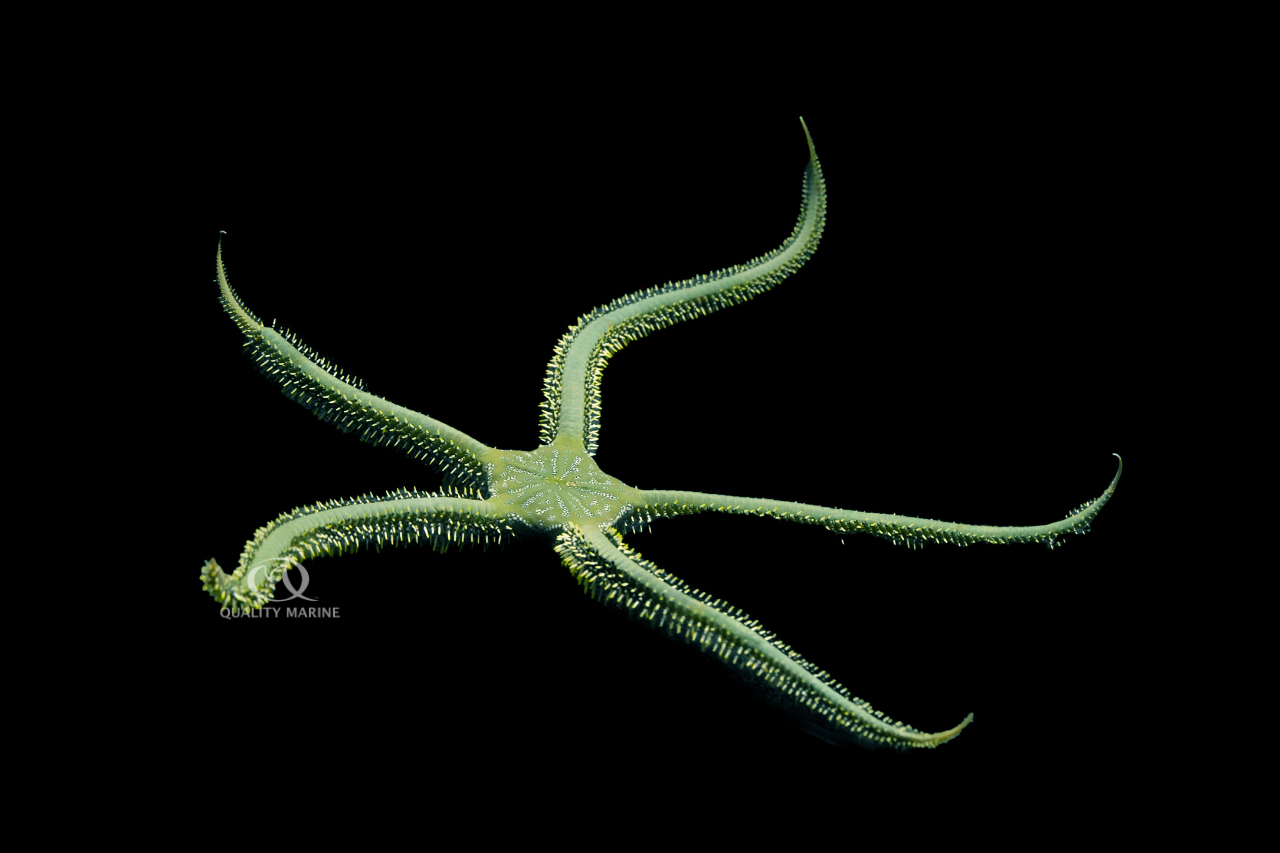
There are a number of excellent Sea Stars for tank cleaning, things like the Red Marble Star will eat just about anything they can find in the substrate, including detritus and micro-organisms. Brittle Stars are very useful scavengers for Fish Only and Reef tanks alike. They can trap floating detritus in a mucus web between the spines on their legs, but they also move about searching under rock, sand and in crevasses for food. Sand Stars are detritus consuming beasties and do a superb job of turning over sandbeds. All Sea Stars can all victim to the kinds of fish that have a penchant for eating or picking on them like Puffers and Tuskfish. They can be fed supplemental foods like Nutramar Algae and Color Boost shots, but as long as you don't overload your aquarium with Stars, most will need little in the way of extra attention with the exception of those from the Linckia genus which have very specific requirements. There are a few Stars that are not well suited for reef aquariums so be sure to ask your LFS before bringing one home.
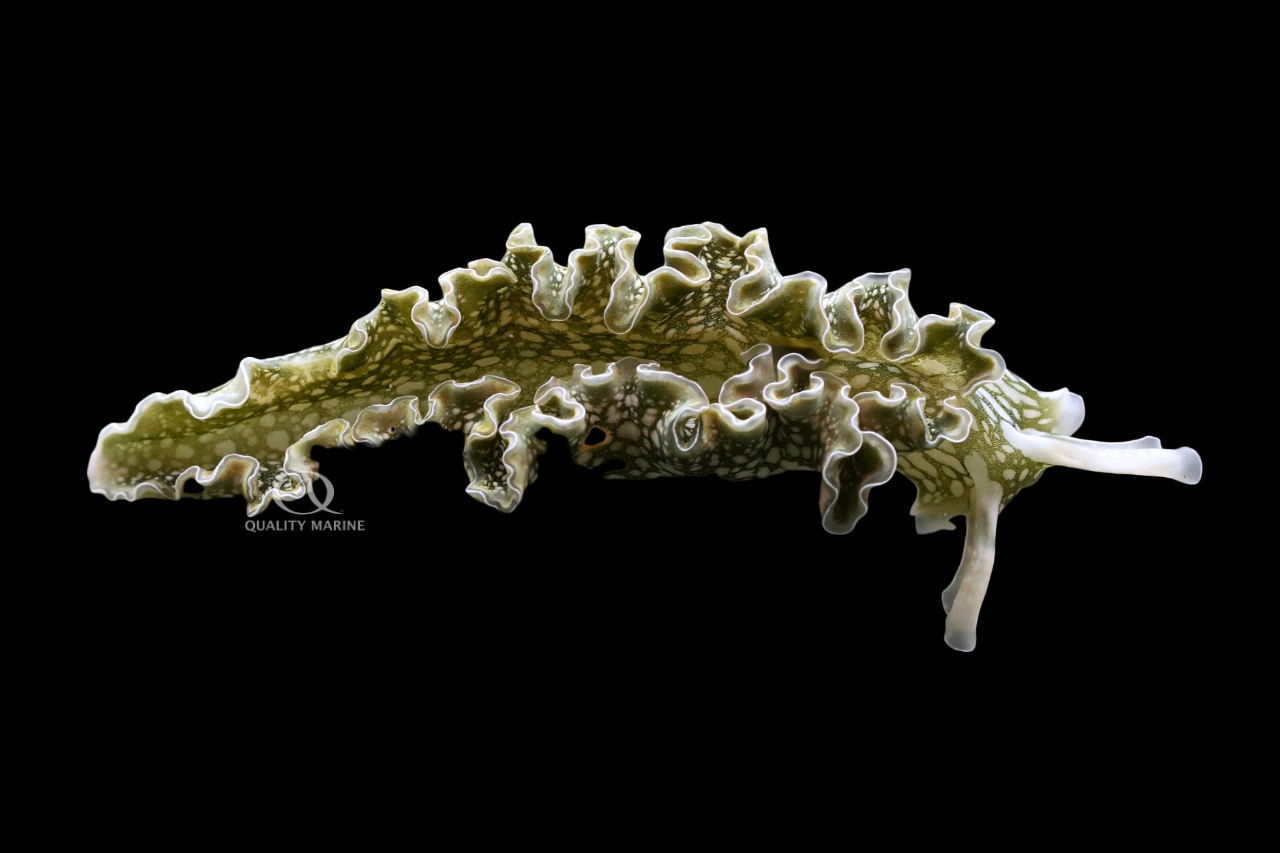
There are a few Nudibranchs that are regularly available to the home aquarist, and they all do an outstanding job at something. The catch is that they frequently only eat one thing. Sea Hares and Lettuce Nudis will absolutely decimate most algae in a tank, including some decorative algae species. Berghia Nudibranchs are likely the best predators for the serious nuisance Aiptasia. There are even some Nudis that will eat Flatworms in your tanks! Most of these critters are so good at their jobs that they will eat all of the problematic organisms in the tanks and then be left with nothing to eat. Some aquarists will actually farm hair algae or Aiptasia in different tanks to keep them fed, and some Local Fish Stores will “rent” you a Nudibranch to deal with a problem in the tank and then take it back when the job is done. Sea Hares can get surprisingly large and can release a very toxic mix of stuff into your tank if they die. On the plus side, they are likely the easiest to get supplemental food into, because they will often take Nori and Ogo if it is attached to rockwork where they can get at it.
This is by no means an exhaustive list of all the beneficial fish and inverts that can help you keep your tank spotlessly clean, but it's a start. You'd be hard pressed to find an aquarist here that doesn't have some kind of cleanup crew in their tanks at home. Head over to your LFS and have them tailor you a mix of critters specific to the display you're working toward. This is the way.